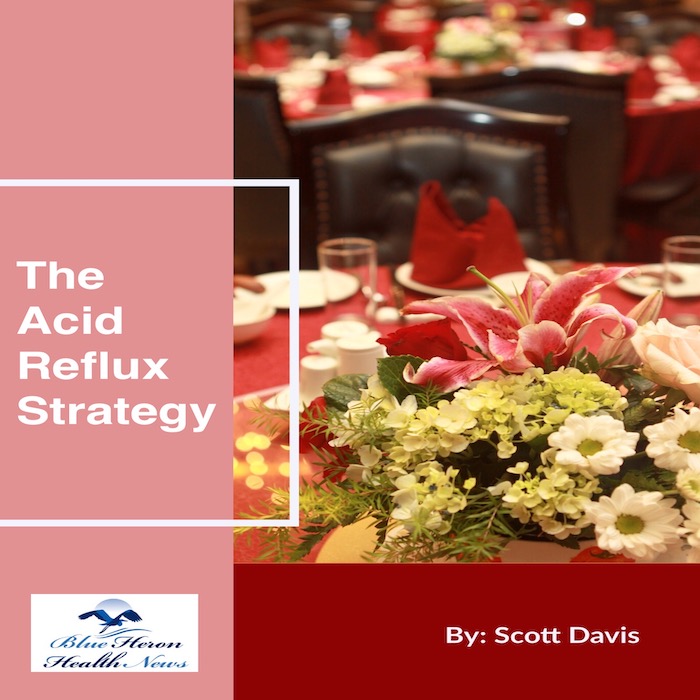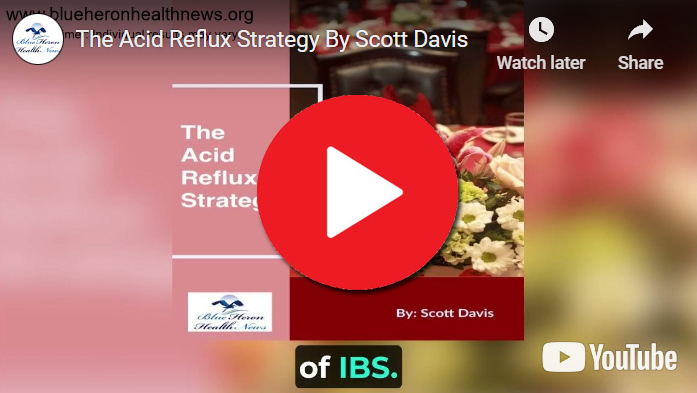
Acid Reflux Strategy™ By Scott Davis According to this eBook, you can start removing the symptoms of acid reflux and other similar problems just by making some changes in your diet, levels of stress, and lifestyle. It will guide you on how to change from the combination of food items to the sleep positions to relieve your problems. It also includes a list of food items you should focus on while shopping for it to find a natural treatment for your symptoms.
How do smoking rates in the USA correlate with acid reflux?
Smoking is a well-established risk factor for the development and exacerbation of acid reflux, also known as gastroesophageal reflux disease (GERD). The correlation between smoking rates in the United States and the prevalence of acid reflux can be explained through various physiological, behavioral, and environmental mechanisms. Here’s a detailed analysis of how smoking influences acid reflux and the broader implications of this relationship:
1. Physiological Effects of Smoking on GERD
a. Lower Esophageal Sphincter (LES) Dysfunction
- Mechanism: The lower esophageal sphincter (LES) is a critical valve that prevents stomach contents from refluxing into the esophagus. Smoking has been shown to reduce LES pressure and tone, making it more prone to relaxation and less effective as a barrier.
- Nicotine’s Role: Nicotine, a primary component of tobacco smoke, has a direct relaxing effect on the LES. This relaxation increases the likelihood of acid reflux, as the weakened sphincter allows stomach acid to escape into the esophagus.
b. Increased Gastric Acid Production
- Stimulation of Acid Secretion: Smoking stimulates the production of stomach acid, partly due to nicotine’s effect on the nervous system, which can increase the secretion of gastric juices. This increase in acid production can overwhelm the compromised LES, exacerbating reflux symptoms.
- Delayed Gastric Emptying: Smoking can also slow down gastric emptying, the process by which food exits the stomach and enters the small intestine. This delay increases the time during which acid can be refluxed into the esophagus, worsening symptoms.
c. Impaired Saliva Production and Function
- Reduced Salivation: Smoking reduces the production of saliva, which plays a crucial role in neutralizing stomach acid and protecting the esophageal lining. Saliva contains bicarbonate, which helps buffer the acid, and its reduction leaves the esophagus more vulnerable to acid damage.
- Impaired Esophageal Clearance: Saliva also aids in clearing acid from the esophagus. Reduced saliva production and changes in the composition of saliva in smokers lead to impaired acid clearance, increasing the duration of acid exposure in the esophagus.
d. Esophageal Mucosal Damage
- Direct Irritation: The inhalation of tobacco smoke exposes the esophagus to harmful chemicals that can irritate and damage the mucosal lining. This damage can exacerbate the symptoms of GERD and contribute to complications such as esophagitis.
2. Behavioral and Lifestyle Factors Associated with Smoking
a. Diet and Alcohol Consumption
- Unhealthy Diet: Smokers are more likely to engage in unhealthy dietary behaviors, such as consuming high-fat, spicy, or fried foods, which can exacerbate GERD symptoms. These dietary choices can increase stomach acid production and lower LES pressure.
- Alcohol Use: Smoking often co-occurs with alcohol consumption, which can further aggravate GERD symptoms. Alcohol, like nicotine, relaxes the LES and increases acid production.
b. Obesity and Weight Gain
- Weight Correlation: Smoking cessation is associated with weight gain, which can increase the risk of GERD. However, active smokers who are overweight also face an increased risk due to the added intra-abdominal pressure that contributes to acid reflux.
c. Stress and Mental Health
- Stress and Anxiety: Smokers may experience higher levels of stress and anxiety, which are associated with increased GERD symptoms. Stress can influence eating patterns, exacerbate acid production, and impact the LES’s function.
3. Epidemiological Evidence and Smoking Rates
a. Prevalence of Smoking and GERD
- Decline in Smoking Rates: Over the past few decades, smoking rates in the USA have declined significantly, largely due to public health campaigns, increased awareness of health risks, and smoking cessation programs. As smoking rates have decreased, there has been a corresponding reduction in some smoking-related health conditions, including GERD.
- Persistent Risks: Despite the decline in smoking rates, a significant portion of the population still smokes. These individuals continue to be at an increased risk for developing GERD and related complications.
b. Population Studies and Research Findings
- Correlational Studies: Numerous studies have found a strong correlation between smoking and GERD prevalence. Smokers are consistently shown to have higher rates of GERD symptoms compared to non-smokers.
- Dose-Response Relationship: Research indicates a dose-response relationship, where the severity and frequency of GERD symptoms increase with the amount and duration of smoking. Heavy smokers often experience more severe GERD symptoms compared to light or moderate smokers.
4. Smoking Cessation and GERD Outcomes
a. Improvement in Symptoms
- Reduction in Symptoms: Smoking cessation has been shown to reduce GERD symptoms. The cessation of smoking leads to improvements in LES function, reduced acid production, and improved esophageal clearance.
- Health Benefits: Beyond reducing GERD symptoms, smoking cessation offers a wide range of health benefits, including improved respiratory and cardiovascular health, reduced cancer risk, and overall better quality of life.
b. Challenges in Smoking Cessation
- Nicotine Dependence: Nicotine addiction can make smoking cessation challenging. Individuals attempting to quit smoking may require support through counseling, nicotine replacement therapies, or medications.
- Weight Management: As smoking cessation is often associated with weight gain, which can worsen GERD, it is important to implement strategies to manage weight, such as dietary modifications and physical activity.
Conclusion
Smoking significantly contributes to the development and exacerbation of acid reflux (GERD) through multiple physiological mechanisms, including LES dysfunction, increased gastric acid production, impaired saliva production, and mucosal damage. Behavioral and lifestyle factors associated with smoking, such as unhealthy dietary habits and alcohol consumption, further compound the risk. Epidemiological evidence supports the correlation between smoking and increased GERD prevalence, with a dose-response relationship observed. Smoking cessation leads to substantial improvements in GERD symptoms and overall health, though it presents challenges such as managing nicotine dependence and weight gain. Public health efforts to reduce smoking rates continue to be crucial in decreasing the burden of GERD and improving population health.
Acid Reflux Strategy™ By Scott Davis According to this eBook, you can start removing the symptoms of acid reflux and other similar problems just by making some changes in your diet, levels of stress, and lifestyle. It will guide you on how to change from the combination of food items to the sleep positions to relieve your problems. It also includes a list of food items you should focus on while shopping for it to find a natural treatment for your symptoms.
